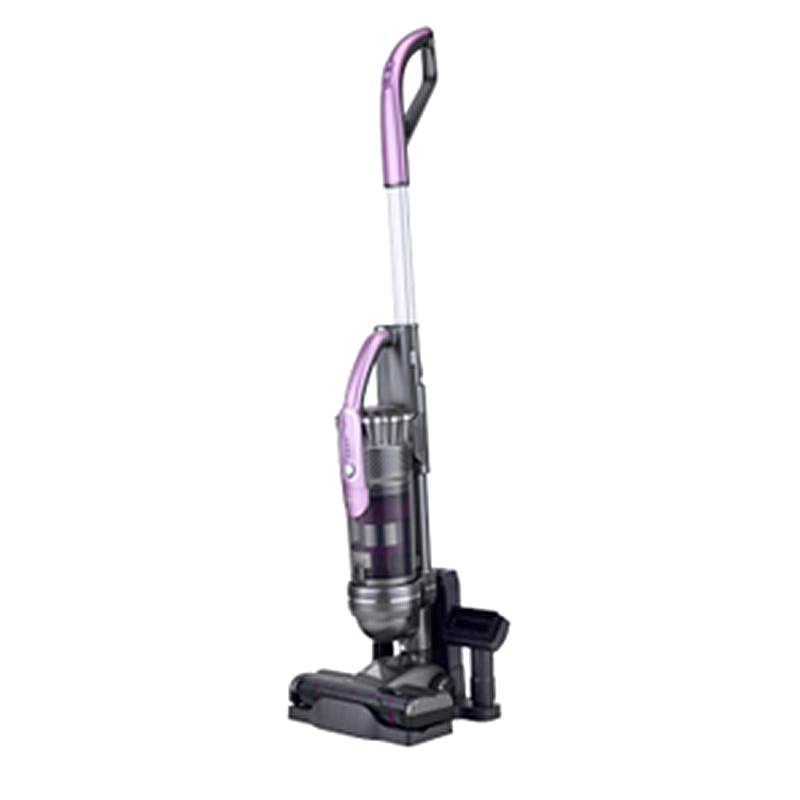What is the Vacuum Cleaner?
2025-02-28
A vacuum cleaner, commonly referred to simply as a vacuum, is an indispensable household appliance that has revolutionized the way we maintain cleanliness in our homes. This versatile device utilizes suction power, often combined with agitation, to efficiently remove dirt, dust, and debris from carpets, hard floors, upholstery, and various other surfaces.
The basic principle behind a vacuum cleaner's operation is relatively straightforward. It creates a partial vacuum, which generates suction that pulls dirt and debris into the machine. This suction is typically created by an electric motor-driven fan. As the fan spins, it draws air and any particles in its path into the vacuum cleaner's dustbin or bag.
Modern vacuum cleaners come in a variety of designs and configurations to suit different cleaning needs and preferences. One of the most common types is the upright vacuum cleaner, which features a handle and wheels for easy maneuverability. These cleaners are ideal for large areas with carpets, as they provide strong suction and often come equipped with brushes or beater bars that agitate the carpet fibers to loosen embedded dirt.
Another popular type is the canister vacuum cleaner, which consists of a separate motor unit and a hose with various attachments. This design offers greater flexibility, making it easier to clean stairs, upholstery, and hard-to-reach areas. Canister vacuums are also typically quieter than upright models and can be more maneuverable in tight spaces.
Handheld vacuum cleaners are another convenient option, particularly for quick clean-ups or for tackling smaller areas like car interiors or countertops. These compact devices are lightweight and easy to store, making them an excellent choice for those who prioritize convenience and portability.
In addition to these traditional designs, robotic vacuum cleaners have gained significant popularity in recent years. These autonomous devices use sensors and algorithms to navigate around furniture and obstacles, vacuuming floors while the user goes about their daily activities. Many robotic vacuums also come with scheduling features, allowing them to clean at predetermined times, further simplifying the chore of housecleaning.
One of the key advancements in vacuum cleaner technology is the introduction of HEPA (High-Efficiency Particulate Air) filters. These filters are capable of capturing 99.97% of particles as small as 0.3 micrometers, making them excellent for allergy sufferers and those seeking a deeper clean. Many modern vacuum cleaners, both upright and canister models, now come equipped with HEPA filters as a standard feature.
Moreover, with increasing concerns about environmental sustainability, many vacuum cleaner manufacturers are now offering bagless options. These cleaners use dustbins that can be easily emptied and washed, reducing waste and saving money on replacement bags.
Maintenance of a vacuum cleaner is crucial to ensure its optimal performance and longevity. Regularly cleaning the filters, checking for clogs, and replacing worn-out parts can significantly extend the lifespan of your vacuum cleaner. Additionally, following the manufacturer's instructions for proper use and storage will help keep your device in top condition.
In conclusion, the vacuum cleaner is a versatile and essential tool for maintaining a clean and healthy living environment. From traditional upright and canister models to modern handheld and robotic devices, there is a vacuum cleaner to suit every need and preference. With continuous advancements in technology and design, the vacuum cleaner continues to evolve, making housecleaning more efficient and convenient than ever before.




